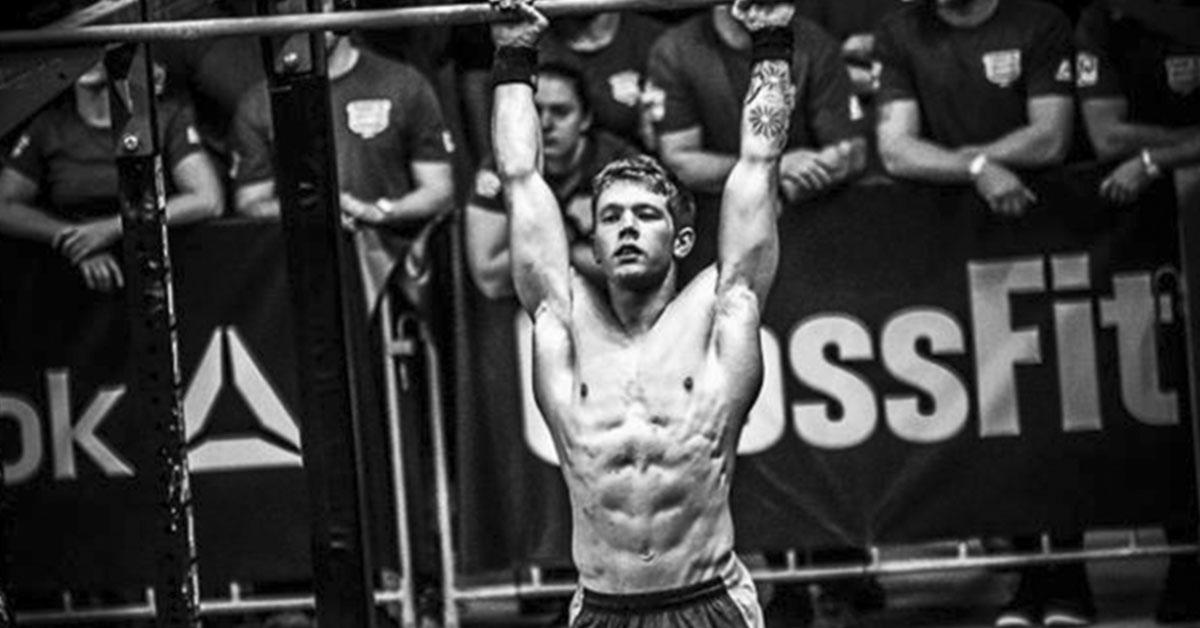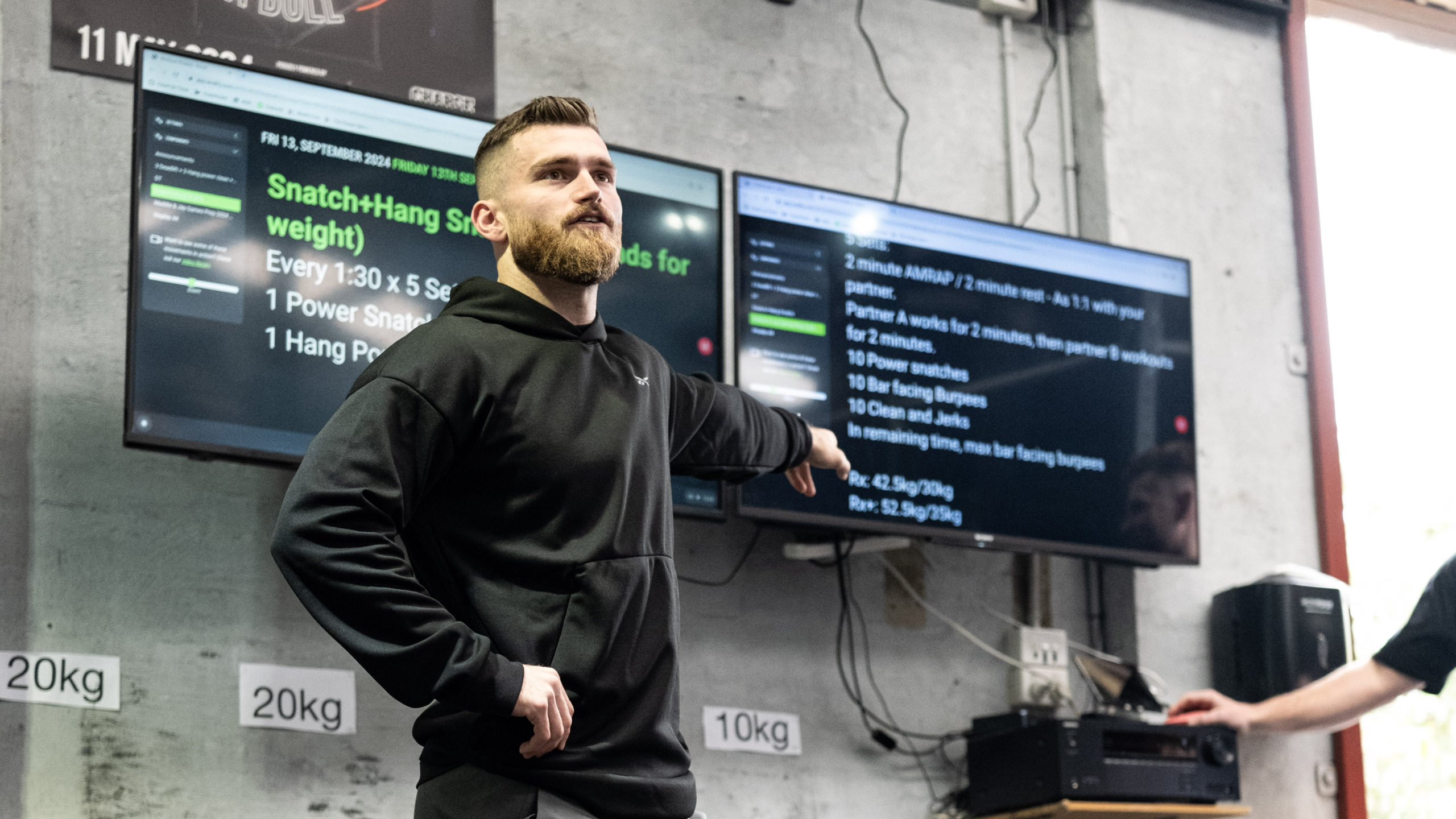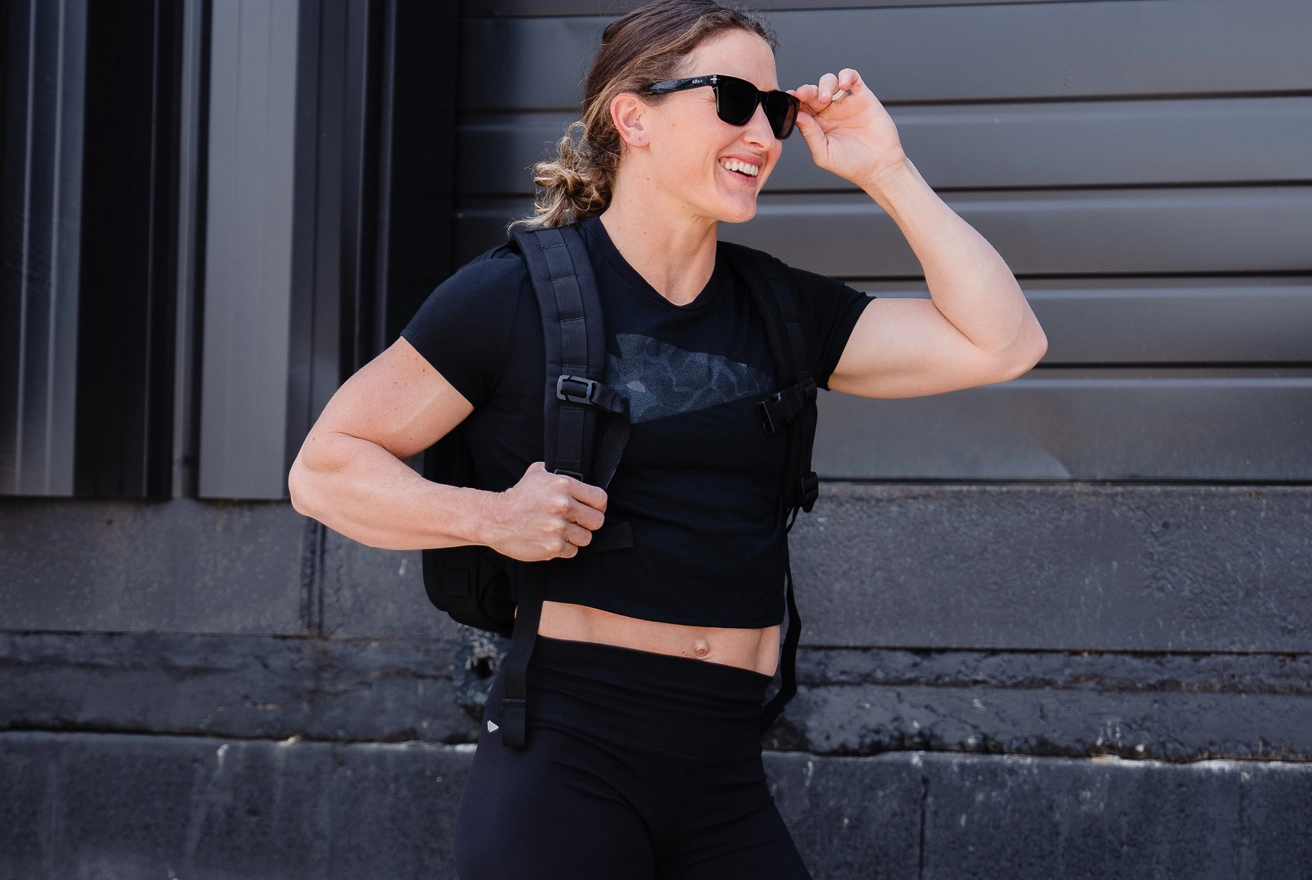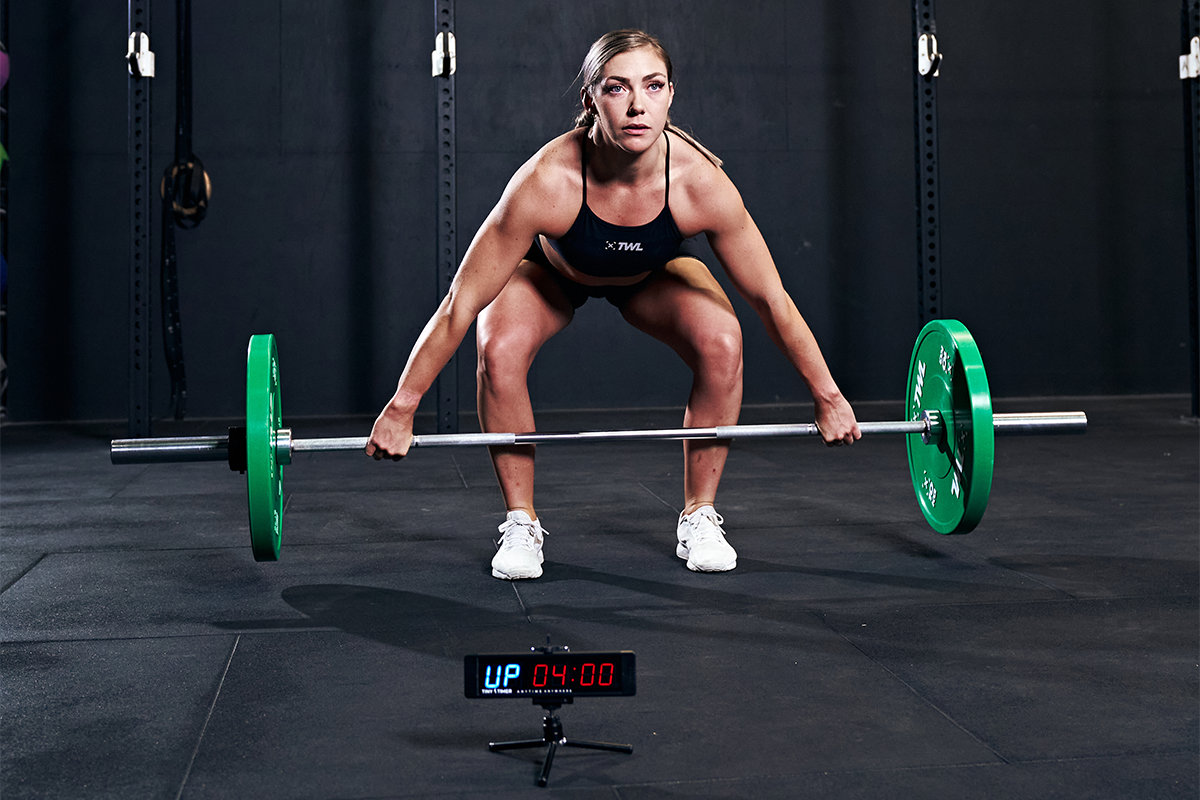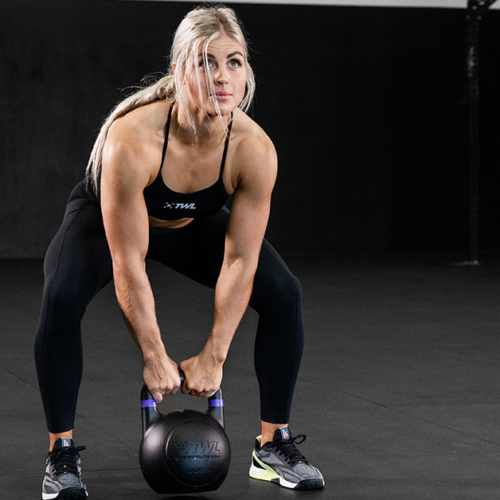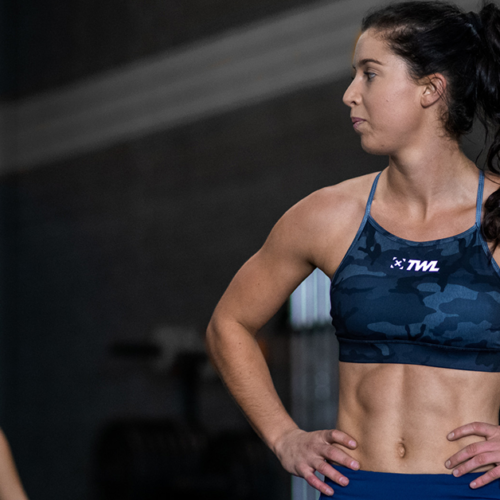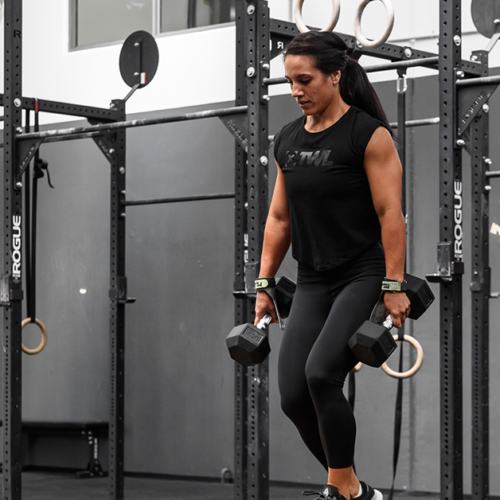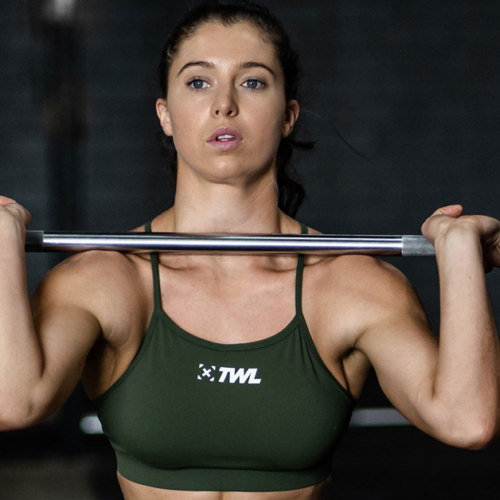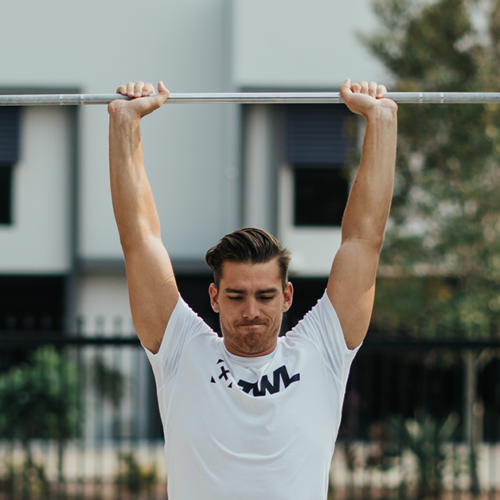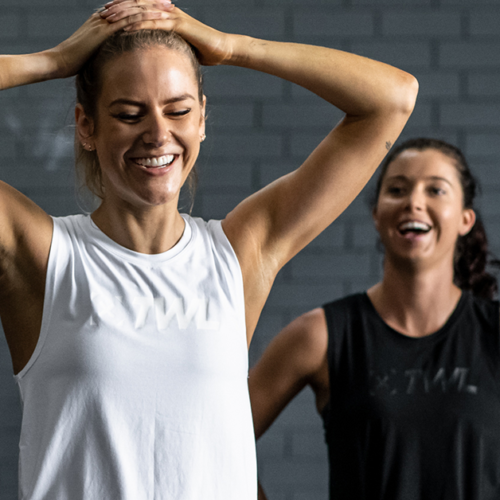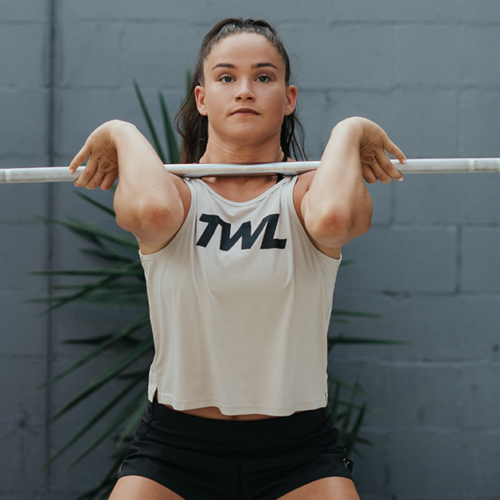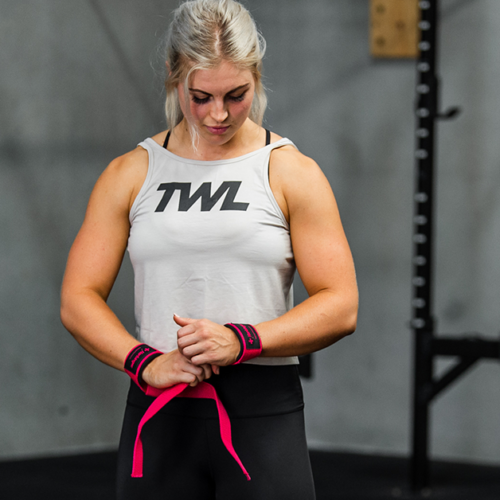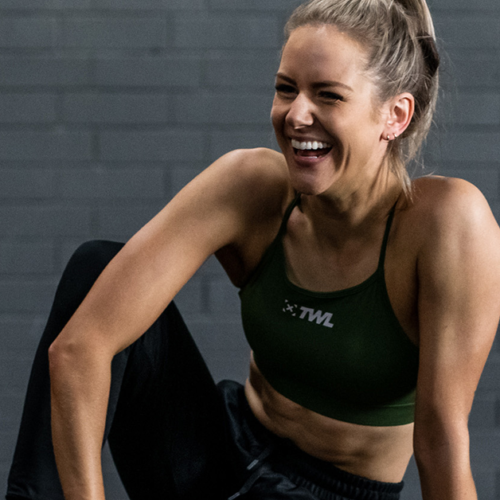You’ve probably known of a few people who are capable of being both a competitive weightlifter and a competitive CrossFitter. The most famous is likely Tia-Clair Toomey, who won the 2017 CrossFit Games about one year after she represented Australia at the Rio Olympics. This is a highly unusual case, with most CrossFitters being decent lifters, and most lifters being decent CrossFitters (or amongst the best, as the case is with Mat Fraser — admittedly, a rare find).
So, why don’t we see more people performing at the competitive level in both?
What Each Sport Demands
Physiologically, weightlifting is at the very extreme end of the power versus endurance spectrum. Movements are so brief and so technical that it requires an incredible central nervous system as a part of training. Weightlifting is more about speed than anything else.
The other end of this spectrum would be Ironman triathletes and ultra-marathoners, who cannot be successful without training and improving their endurance over very long distances.
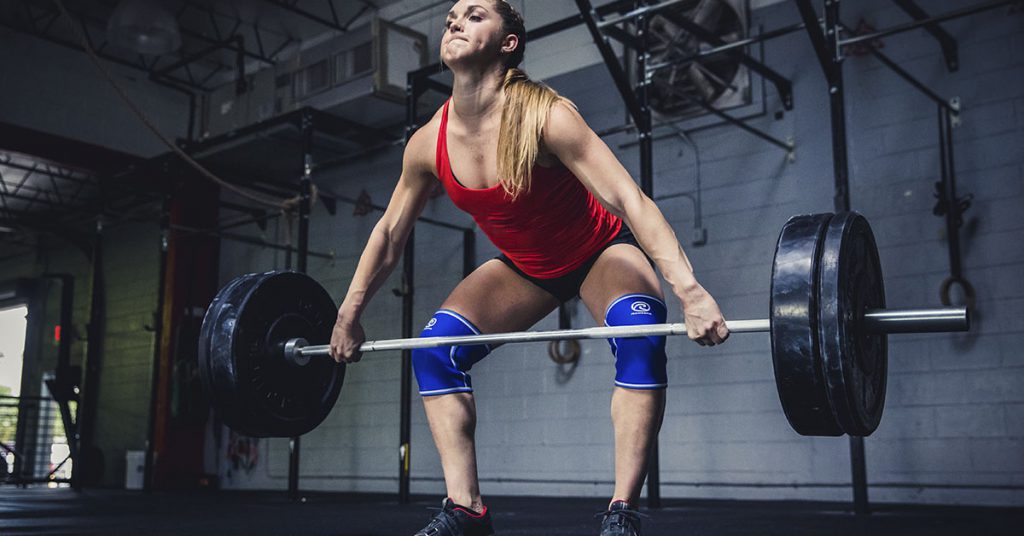
No matter your talent, there is no feasible way to train both ends of the spectrum and absolutely dominate in either one.
CrossFit fits into this picture somewhere in between the weightlifter and the marathon runner. Workouts include a little bit of everything: strength, endurance, and speed. It also relies on the same basic mobility, speed and movements we use in weightlifting.
Once you’ve trained strength and speed, what’s left is endurance. For weightlifters looking to tackle CrossFit at a higher level, this is often the hardest part. They’re not used to 20-minute WODs, because their movements take a matter of seconds.
Still, you can — without a doubt — train endurance. So, does that mean an athlete can realistically tackle both sports? There’s still more to this debate.
Being a Specialist Versus a Generalist
Besides endurance being a challenge, the biggest obstacle is a matter of logistics. There are so many skills to learn in CrossFit that the athletes are only moderately good at all of them, and never truly become a master at any of them. They are not the strongest athletes, not the most powerful, do not have the best endurance, are not the best gymnasts, etc. Learning many different skills makes the athletes very fit and well-rounded, but not a specialist in anything in particular. These are generalists.
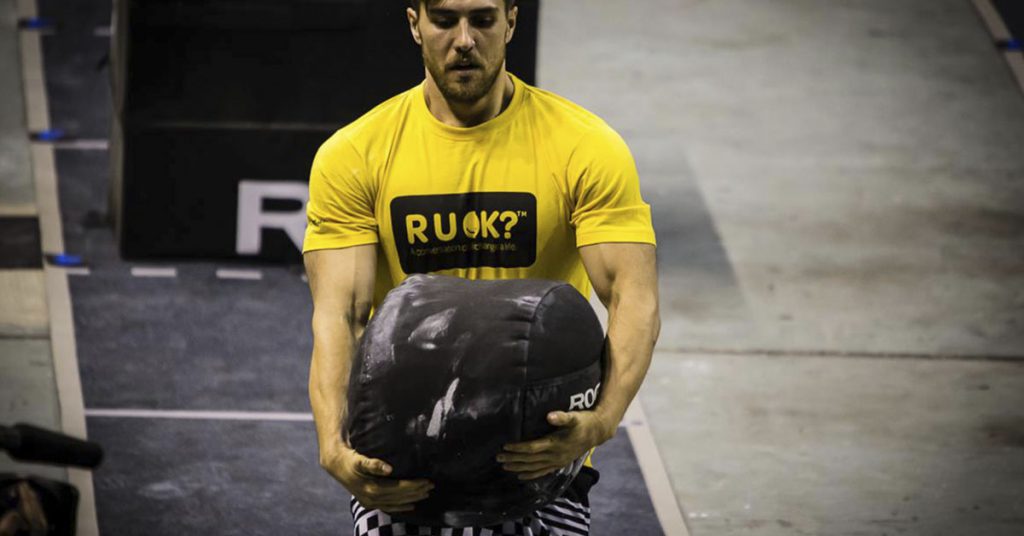
While the CrossFitter is busy improving upon 20 different things (including lifting), the weightlifter is perfecting one: weightlifting. Because of this, it’s clear that a full-time weightlifter will likely be more proficient at weightlifting than a CrossFitter will ever be. Weightlifters are specialists.
The simple logistics make it difficult to imagine succeeding in both when training demands such different things. That being said, some people seem to make it work.
How You Might Make it Work
There have been some high-profile female CrossFit athletes, including Annie Thorisdottir, who have attended world-class weightlifting events such as the European championships and world championships. They are the best in their respective nation, performing at the bottom of the international field. They oftentimes represent countries with little or no high-level weightlifters or no weightlifting program, so the competition might not be as stiff. Regardless, simply qualifying to the international stage is an incredible feat and something to be immensely proud of.
If you think you would be happy performing in the top 20 or 30 in your nation, go for it! It might be difficult to take the platform at the IWF World Championships and the CrossFit Games in a single year; but don’t let that stop you from training your heart out. And remember, you can always compete on a local level for fun. After all, the number one priority should always be to enjoy what you’re doing — not win medals.
Can you train in both sports? Yes. Can you compete at a high level in both? It’s not likely. This doesn’t have to be a bad thing. You can still find a way to include both Olympic weightlifting and CrossFit into your programming so that spending time in the gym is always fulfilling.

